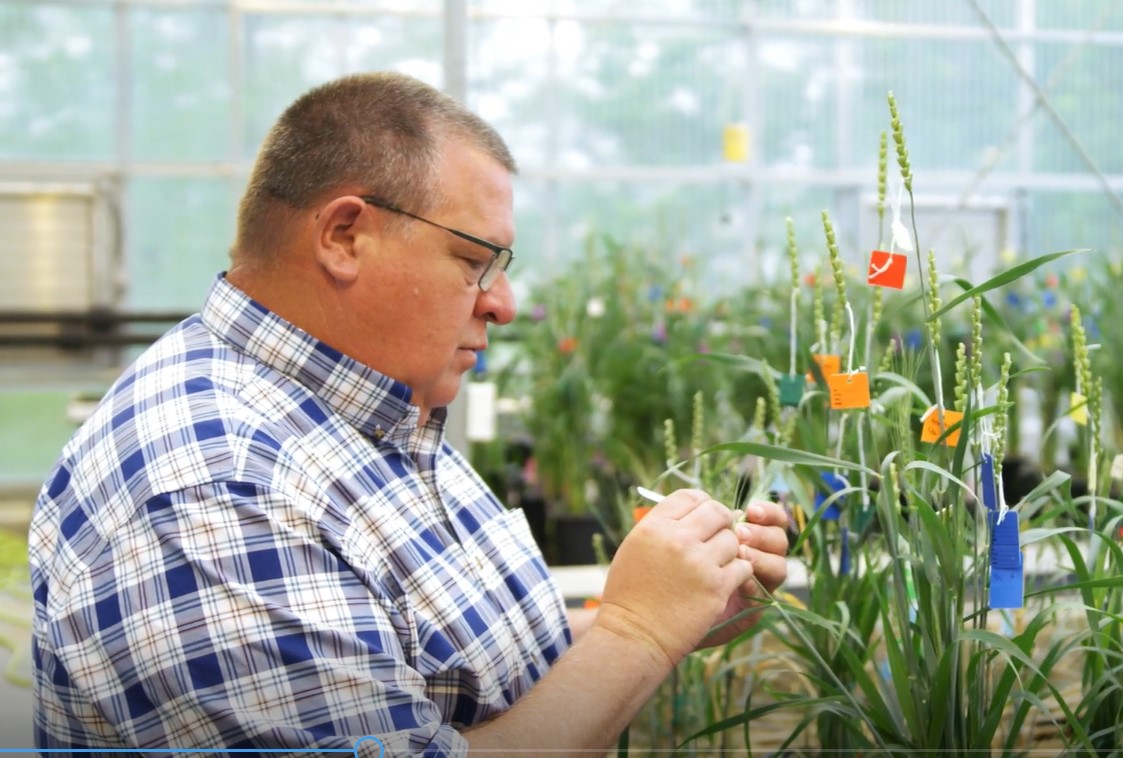They say human civilization had its origin in ancient Mesopotamia when people discovered they could plant seeds and domesticate animals. Wheat breeding developed as the early farmers crossed different species to improve crops. Among the first were wheat’s ancient relatives.
Today, wheat breeding has become far more efficient and precise. Scientists now have a deep understanding of DNA and how individual genes control specific traits that are good for farmers and consumers.
Yet, as Kansas State University wheat breeder Dr. Allan K. Fritz (above) says, “In wheat, I think there is a purity. We are reaching back into genetics that are historic. We are taking the opportunity with the natural genes that we already have, to put those together in a package that is the healthiest and the best for the environment that we possibly can.”
U.S. Wheat Associates (USW) is sharing a new video production called “Researchers & Breeders: Breeding New Varieties” that features Dr. Fritz and his Kansas State University colleagues. In the video below, Dr. Fritz talks about how the journey of wheat to food tables around the world begins in a scientific facility.
Wheat breeding innovation is more important today than ever before. A growing and hungry world faces the challenge of climate change. However, by making small genetic changes, scientists can help protect wheat and other crops from rising temperatures and extreme weather while improving their attributes.
For more information on the science of wheat breeding, as well as other plant and animal breeding, please visit https://innovature.com/.


